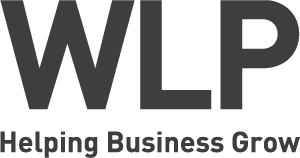The Machinery Directive (Supply of Machinery (Safety) Regulations 2008)
Is it the neglected, older relation of CE marking?
These Regulations have been around a lot longer than the legislation for CE marking under EN1090.
This legislation applies to all new machinery placed on the UK market or put into service in the UK, wherever it is to be used in Europe. The term ‘machinery’ is broadly defined in the Regulations and, in addition to what is generally understood by the term, includes products such as:
- Safety components (e.g. guards), independently placed on the market.
- A complex production line made up of individual machines and equipment.
- Interchangeable equipment that only works when attached to a tractor or machine, such as a plough or lifting attachment.
- Lifting equipment and lifting accessories.
- Chains, ropes and webbing.
- Partly completed machinery for a specific function which cannot operate and be fully protected (e.g. needing guarding at the fitting interface), until it is combined with other apparatus or equipment to form a complete machine protected is also covered by these Regulations.
In some cases other laws may apply, either in addition to this directive or on their own, such as the:
- Electrical Equipment (Safety) Regulations 1994.
- Pressure Equipment Regulations 1999.
- Simple Pressure Vessels (Safety) Regulations 1991 (as amended).
- The Dangerous Substances and Explosive Atmospheres Regulations 2002 (DSEAR)
- Lifts Regulations 1997.
- Medical Devices Regulations 1994 (as amended).
- Gas Appliances (Safety) Regulations 1995.
The CE mark is not a quality mark and is only one of several requirements that the manufacturer or their authorised representative has to meet. By affixing the CE mark, the manufacturer or their authorised representative is claiming that all relevant legal requirements have been met. However you must still take reasonable steps to make sure the machinery is safe.
Manufacturers are required to draw up technical files for the machinery they make. These must include:
- Drawings of the machinery and its control circuits
- The specifications and standards used in the design
- Information about relevant test results and other data
So… Are you compliant? It’s the Law.
For the facts and some good advice, contact us on enquiry@w-l-p.co.uk.
